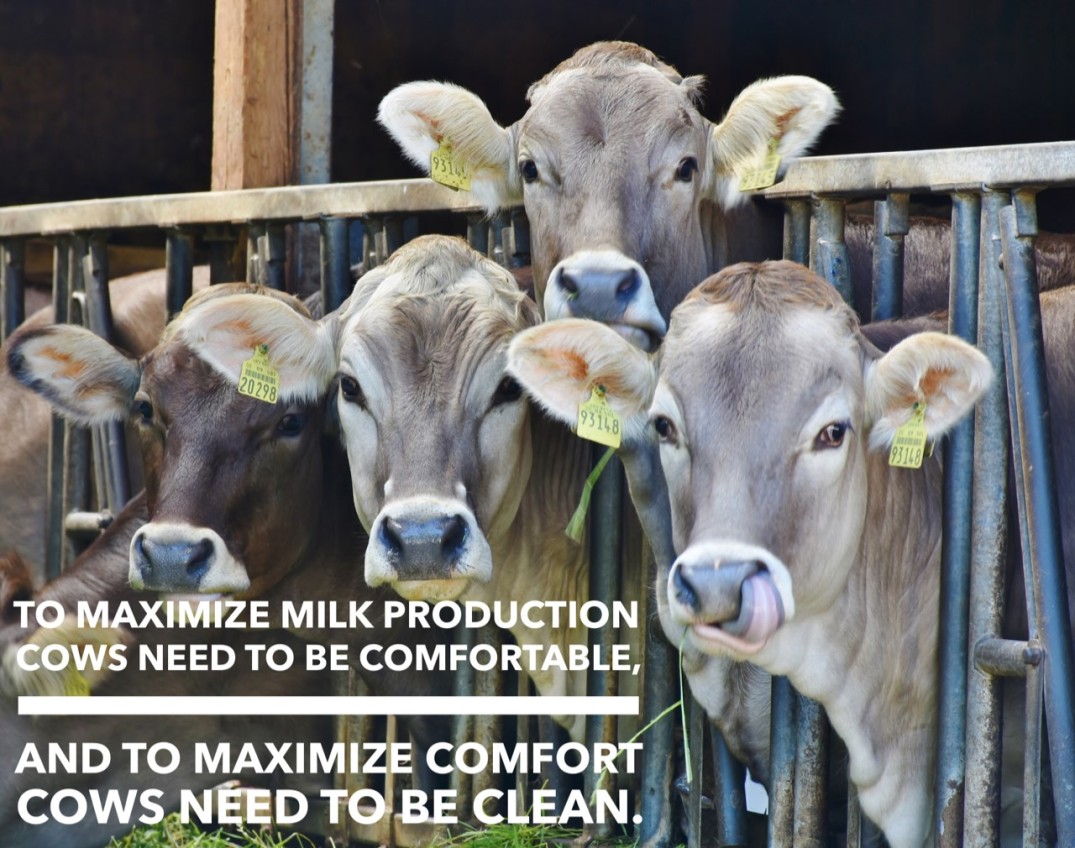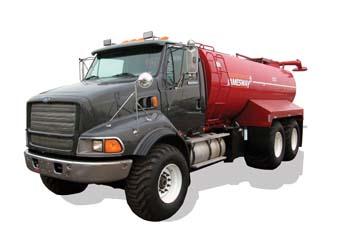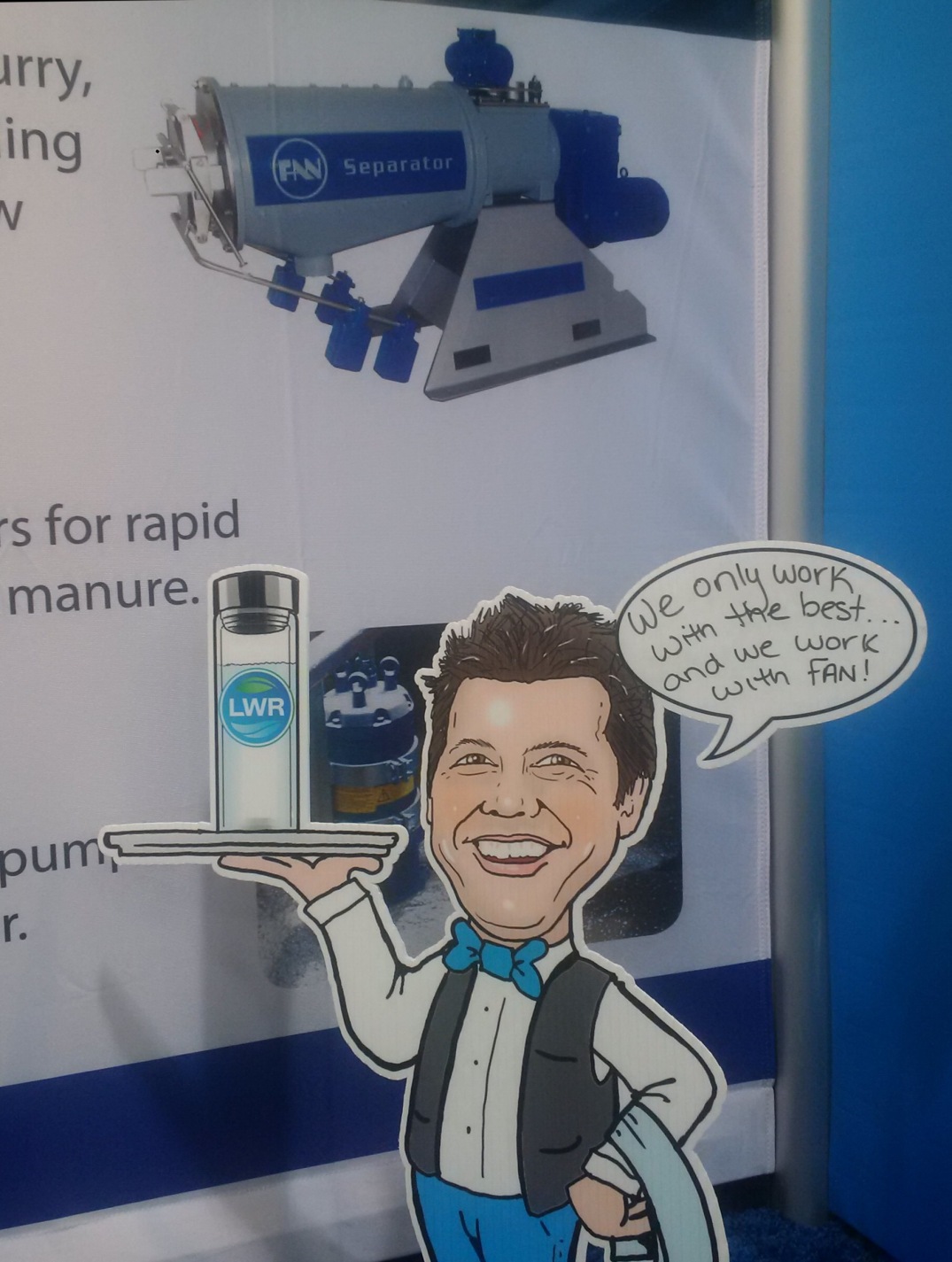How cow comfort improves your bottom line by increasing productivity and improving animal health and welfare.
Every dairy, no matter the size, is always looking for ways to maximize milk production. The one irrefutable factor that will maximize production every single time is cow comfort. This is true regardless of the management or nutritional program employed on any dairy of any size in any state. To maximize milk production cows need to be comfortable, and to maximize comfort, cows need to be clean.

Dairy producers are committed to cow comfort however many are still building completely new facility that are based around a type of manure system that does not allow for maximized cow comfort, thus leaving both milk production and money on the table.
Manure management is so closely connected to animal comfort that some dairy producers are now designing their barns to include a manure treatment system that will increase cow comfort. They know that manure treatment is the next great advantage!
Several studies have found that dirty animals are risk factors for compromised health and production issues, such as mastitis, high SCC in milk, and lameness. In fact, environmental sanitation based on the amount of manure on the cow and in her environment is a predictor of the occurrence of coliform mastitis, and in four separate study herds, the lowest incidence of mastitis occurred in the herd with “the cleanest cows and the most satisfactory beds.”
This all comes together in The Cow Comfort Link to Milk Quality where Dr. Cook proves that the cleaner the cows and the lower the bacterial count of the bedding, the fewer problems you will have! Mastitis is the most frequent and costly disease of dairy cattle, and production losses due to subclinical mastitis on dairy farms in the United States have been estimated to exceed $1 billion dollars annually.

Not only does cow comfort dramatically increases when cows are housed in a clean and dry environment but there is also a known association between cow cleanliness and milk quality as measured by somatic cell count.
FACT: Clean barns prevent bacterial growth, and it’s that bacterial growth that contributes to high somatic cell count and mastitis. If cows have manure on their feet when they move back to the freestalls after milking, that manure gets rubbed onto the teats and the floor of the udder area. This is a primary reason why some herds that appear to have relatively clean cows have significant levels of environmental mastitis. Dirty herds with cleanliness problems will have lower milk yields and higher SCC when compared with clean herds.
Dairy producers are committed to keeping barns and alleyways as clean as possible, and the best possible way to keep barns clean is by implementing manure treatment technology that will return clean water back to the barns.
Clean and dry bedding is another key to cow comfort. When a barn is clean and dry, the cows will be more comfortable. When a cow lays down on clean, comfortable bedding, her blood flow increases and therefore so does her milk production.
Research shows that that a standing cow circulates 25% less blood flow through her udder than a lying cow. When hours of rest and production were compared it was found that each hour increase in resting time resulted in a gain of 1.7 kg (3.7 lb) of milk production (Bach, 2008).
Increased lying time also has a potential benefit for fetal growth. Significantly more blood flowed to the gravid uterine horn when cows were lying relative to when they were standing during several stages throughout the gestation period (Nishida et al., 2004).
Cows are also influenced by the cleanliness of the surfaces and bedding in their motivation to lie down. They prefer clean, dry and soft surfaces for rest. This cleanliness aspect can also impact the time needed to lie down as it takes longer for cows to lie down when surfaces are covered by manure and can tend to be slippery (Popescu et al, 2013)
Studies have also shown a significant link between the lying duration and the percentage of cows with dirty upper legs/flank and udders (Devries et al., 2012, Popescu etc al, 2013).
Now we just wish we could increase our own productivity while we’re laying down!
When it comes to the type of bedding cows prefer, sand is preferable for many reasons. It is resistant to bacterial growth and with a lower level of pathogens, sand has become increasingly popular. However if not stored and handled properly, sand can become contaminated. Using clean water to flush and wash sand increases drying time and creates a cleaner, more comfortable environment.
Profitable farmers are those who are continually seeking out bottlenecks that interfere with their goals. The manure bottleneck is one that is preventing a farm the ability to grow, affecting cow comfort, and ultimately costing farms money.
The LWR System keeps bedding and barns as clean and comfy as possible, which encourages laying down and keeping cows as clean as possible when they do lay down.
The implication is clear: Clean cows are comfortable cows, comfortable cows are profitable cows, and cows and manure simply do not belong together!

Tune in next week as we examine the link between employee comfort and your bottom line: How clean water increases productivity, reduces turnover, and improves safety on the farm!













 Well, hello there. Allow me to introduce myself. I’m JENKINS, and I operate a system that concentrates liquid manure nutrients from dairy and hog manure, and recycles the rest of it into water that is so clean you can drink it. Seriously!
Well, hello there. Allow me to introduce myself. I’m JENKINS, and I operate a system that concentrates liquid manure nutrients from dairy and hog manure, and recycles the rest of it into water that is so clean you can drink it. Seriously!